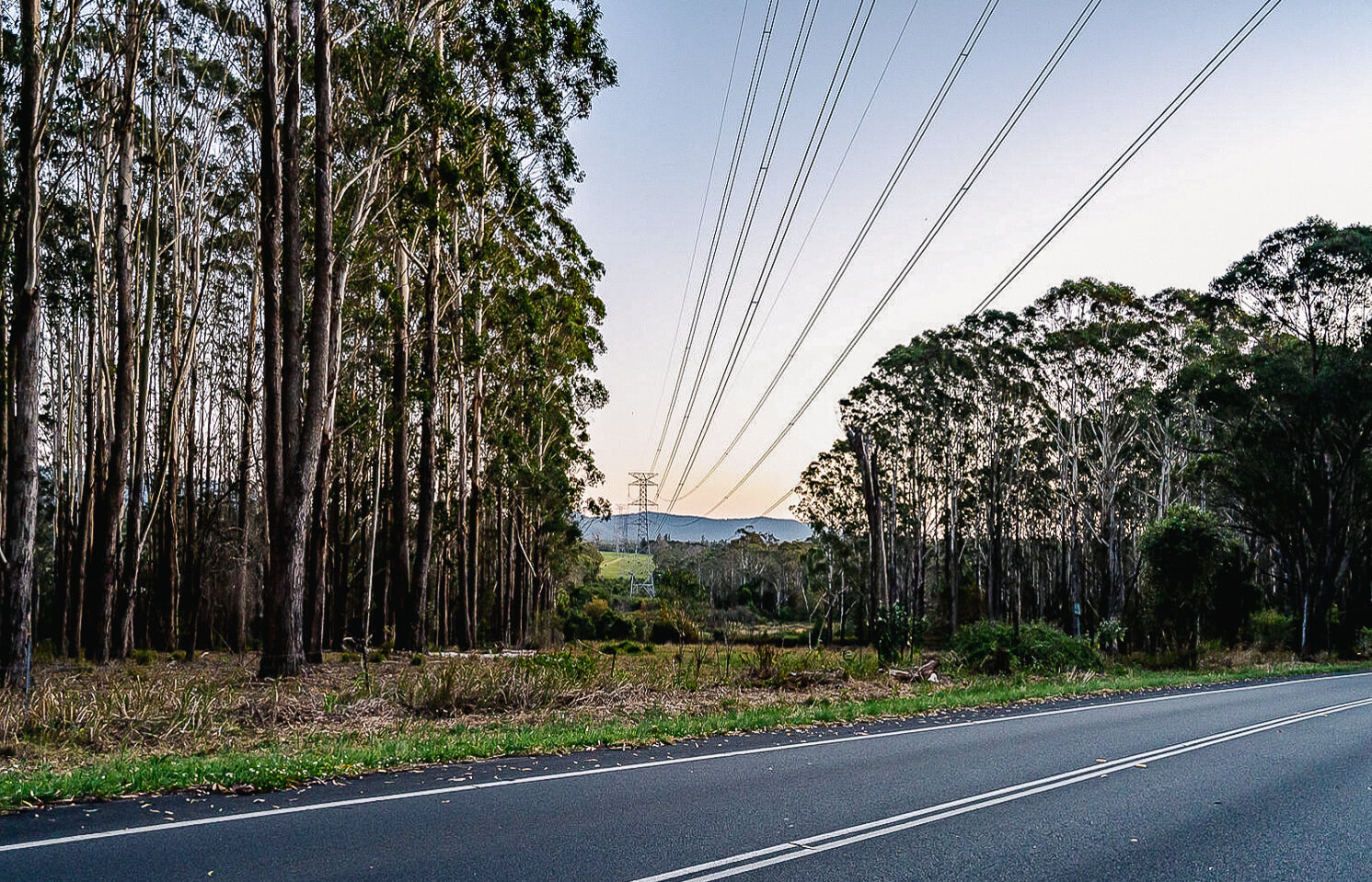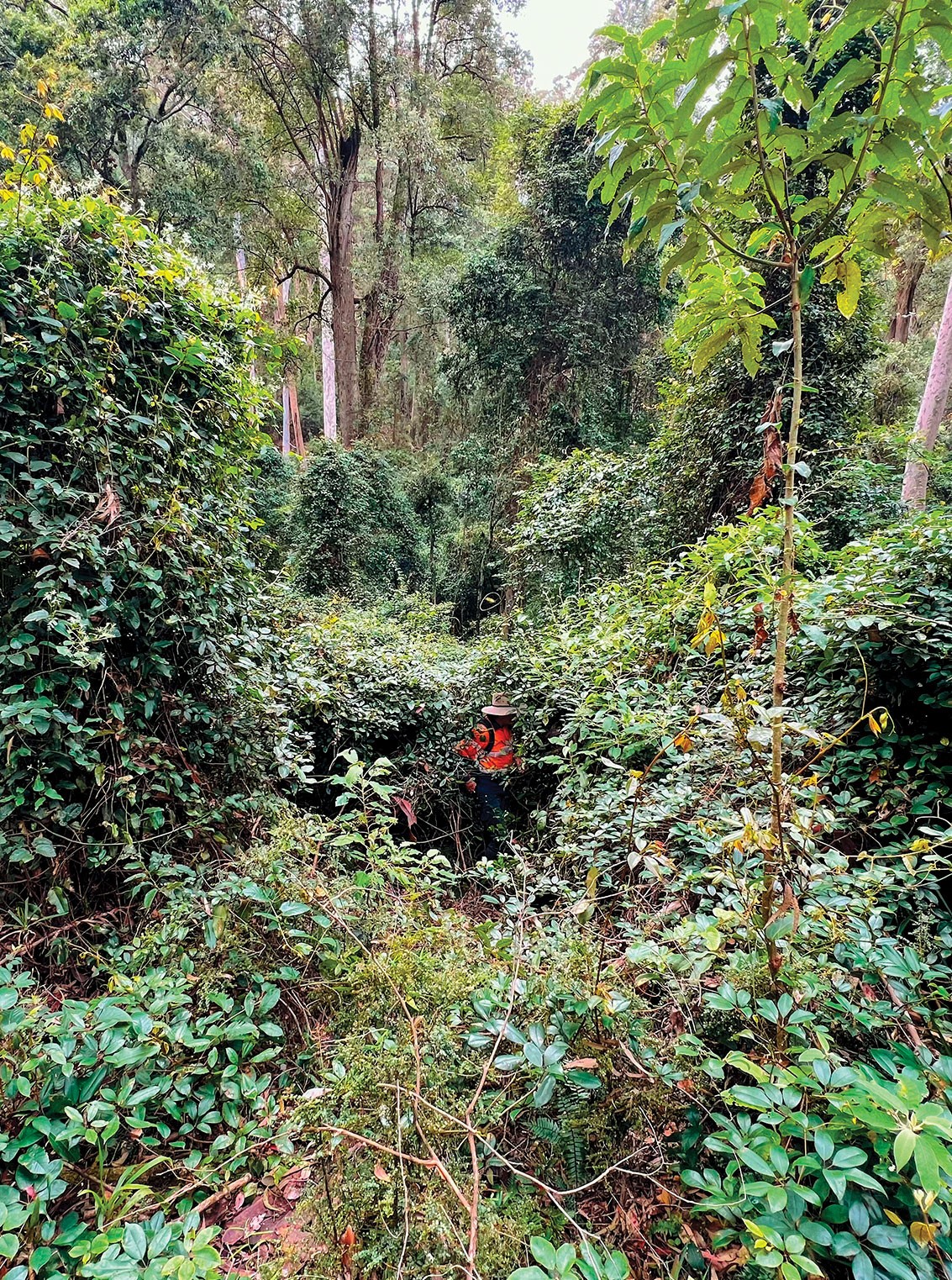Refining the Hunter Transmission Project
Our end-of-year community update 'Refining the HTP' highlights the latest project developments and details how the HTP will be assessed during 2025.
Latest news
Transgrid appointed as preferred network operator for the Hunter Transmission Project
We're pleased to report a major milestone for the Hunter Transmission Project (HTP). We have signed a commitment deed with Transgrid as preferred network operator.
The agreement sets out Transgrid’s commitment to deliver, operate and maintain the project. We will work with Transgrid to develop the project and procure design and construction contractors.
The appointment of Transgrid as network operator remains subject to execution of a final delivery contract between EnergyCo and Transgrid, award of design and construct packages and other necessary approvals for the project.
Read more about this development in our media release.
Please make sure you sign up for our project newsletter if you want to and haven’t already.

NSW is transitioning to a cleaner future
Our ageing coal-fired power stations are reaching the end of their life. Some are closing faster than expected, with most due to shut in the next 10 years.
At the same time, our demand for electricity is increasing as our population grows and we electrify our vehicles, homes, businesses and industry.
The NSW Government has a plan to ensure this demand is supplied by renewable energy and to provide cleaner, more affordable and reliable electricity to consumers.
EnergyCo is leading the implementation of this plan, which involves:
- generating electricity (wind and solar) in Renewable Energy Zones (REZs) across NSW
- improving the reliability of the grid with new storage capacity (batteries and pumped hydro)
- building new transmission infrastructure such as the Hunter Transmission Project to deliver clean energy to consumers.
Find out more about the HTP
Treading lightly to minimise environmental impacts
Early investigations and feedback helped us to avoid important environmental areas.
This includes:
- avoiding the Watagans National Park near Cooranbong
- minimising the clearing of scarce valley floor vegetation, such as the critically endangered Central Hunter Valley eucalyptus forest woodland and Warkworth Sands Woodland
- minimising the removal of critical habitat for key threatened species, such as the regent honeyeater and swift parrot
- protecting scenic landscapes and culturally sensitive areas.
We're continuing to work with all stakeholders including the community, National Parks and Wildlife Service, and Forestry Corporation to avoid and minimise potential impacts on plants and animals, and Aboriginal cultural heritage.
Alternative corridor options
In a region as diverse as the Hunter it is difficult to find a suitable route between Bayswater and Eraring.
To guide this search, we developed strategic objectives for the project:
- maximise the use of power station and mine-owned land, suitable public land and existing transmission easements
- minimise significant land use conflicts and impacts on people and the environment
- minimise hazards and risks
- build community support
- deliver the project on time at a reasonable cost to consumers.
We then carried out extensive investigations to identify where the HTP could be located. This included detailed electricity system planning, strategic land use planning, engineering and environmental studies (bushfire, biodiversity, heritage and visual) and consultation with key stakeholders such as local councils.
Initially, we divided the Hunter into 3 broad strategic corridors (northern, central and southern) and examined the suitability of each corridor. We rejected the northern and central corridors as they would both result in significant land use conflicts and impacts to people in the urban areas between Singleton and Newcastle as well as the Pokolbin wine/tourist area.
Using the northern corridor would also involve building a much longer and more expensive transmission line. This led us to examine multiple options in the southern corridor.

Map shows initial investigations to find a suitable corridor for the HTP. Please see the revised HTP corridor for the most up-to-date version.
Using the strategic objectives, we assessed and rejected a number of alternative options for the HTP preliminary corridor.
The existing 330 kV transmission easement between Bayswater and Richmond Vale
This option would be more expensive because the existing lines would need to be taken down and rebuilt to create space for the HTP. It would also take longer, ruling out any likelihood of delivering the HTP by early 2028. This is because the existing lines are essential for supplying electricity to Newcastle, making it difficult to secure the outages needed to construct the new transmission line. Finally, it would increase energy security risks in NSW by concentrating all electricity supply between Bayswater and Newcastle in a single easement.
Next to the existing 330 kV transmission easement
This option would cause significant land use conflicts in the Pokolbin wine/tourist area. It would also cause extensive clearing of endangered valley floor vegetation. This includes the Warkworth Sands Woodland and Central Hunter Valley Eucalyptus Forest and Woodland in areas such as the Singleton Military Area, Werakata State Conservation Area (SCA) and Werakata National Park.
The bushland to the south of the Pokolbin wine/tourist area
This option would result in even greater clearing of endangered valley floor vegetation in the Werakata SCA and Werakata National Park. This vegetation provides critical habitat for several threatened species such as the Swift Parrot and Regent Honeyeater. This option would also cause significant landscape-wide visual impacts in the rural-residential areas around Ellalong and Quorrobolong.
The valley further south of the Pokolbin wine/tourist area
This option would result in significant land use conflicts with the growing residential areas around Millfield and Mount View. It would also cause significant landscape wide visual impacts in the rural-residential areas around Ellalong and Quorrobolong.
Video gallery
Contact us
If you have any questions about the Hunter Transmission Project or would like to provide feedback, please contact us.
Email: [email protected]
Tel: 1800 645 972 (9am to 5pm, Monday to Friday)
You can also register for email updates here



